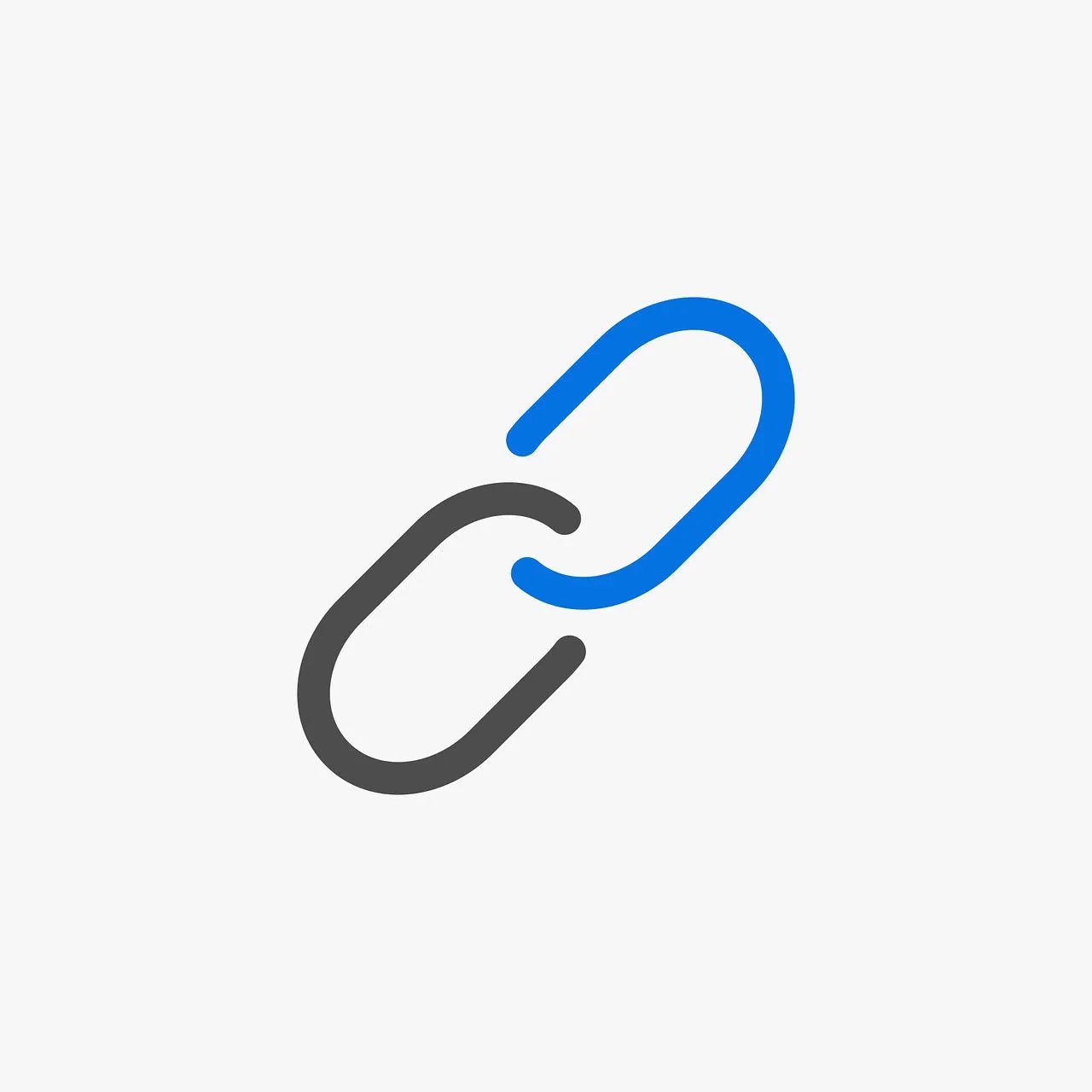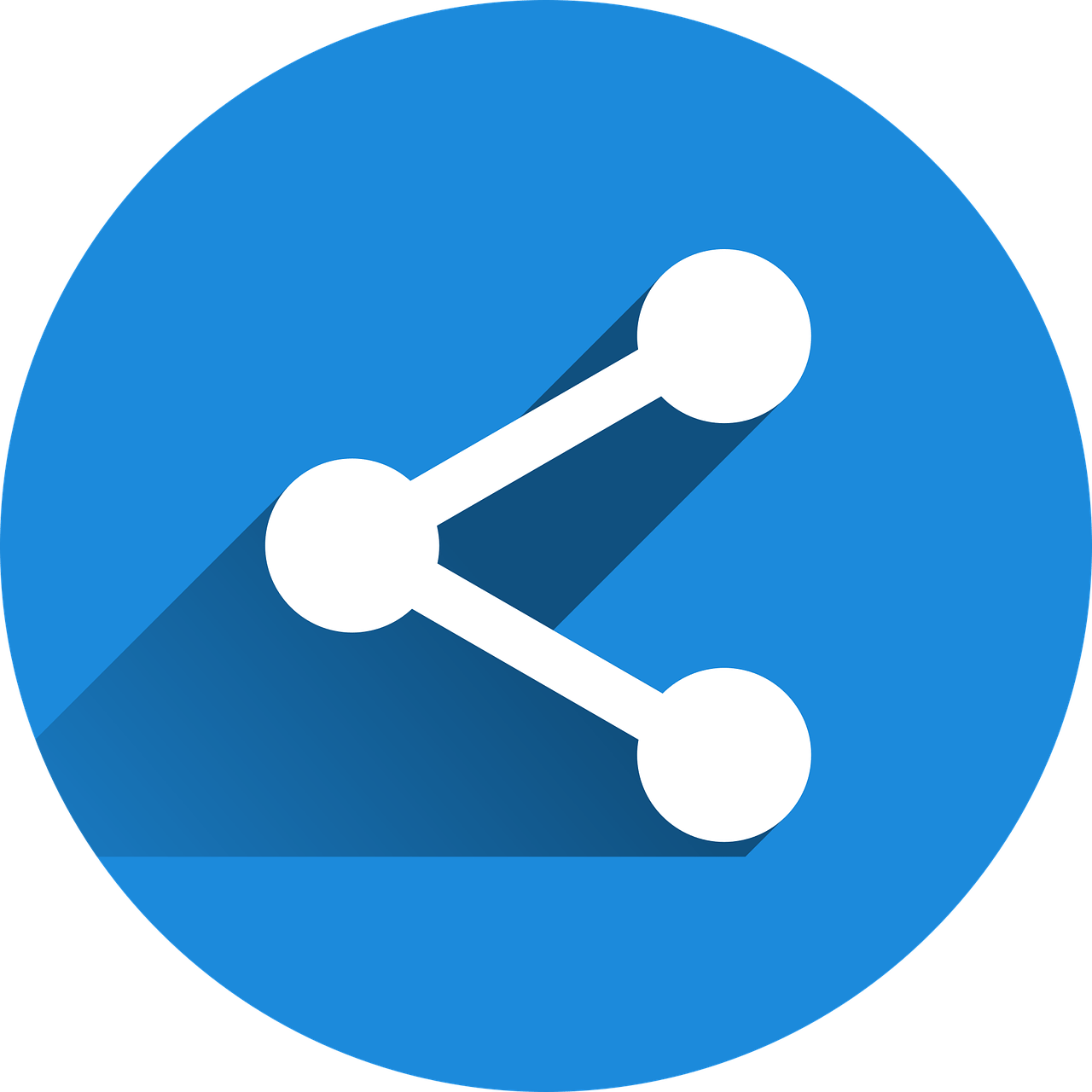
You can boost site visibility and guide both users and search engines by implementing internal linking strategies that distribute authority, clarify content relationships, and improve crawlability. This post explains types of links—contextual, navigational, footer, breadcrumb—effective tactics for anchor text, siloing, and link depth, and recommends tools to audit and optimize your internal linking so your pages earn better rankings and deliver a more intuitive user experience. Mister Nguyen Agency
Understanding Internal Linking
Definition and Importance
Internal linking maps relationships between your pages, directing both users and bots to priority content and signaling topical relevance. You use anchor text, hierarchical menus, and contextual links to distribute authority; practical audits often show a 10–20% traffic uplift after fixing orphan pages and tightening anchor relevance. Focus on linking from high-traffic pages to conversion pages to amplify ROI.
| Purpose | Guide users and pass link equity to target pages you want ranking |
| SEO Benefit | Improves crawlability and relevance signals for priority keywords |
| Key Metrics | Internal clicks, crawl depth, organic sessions per page |
| Common Issue | Orphan pages and generic anchors that dilute authority |
| Quick Fix | Add 2–3 contextual links from top 20% traffic pages to key landing pages |
- Audit top 50 pages to map current authority flows.
- Prioritize anchors with keyword relevance and user intent.
- This funnels link equity toward pages that drive conversions.
Types of Internal Links
Contextual links within body copy carry the most topical weight and connect pillars to clusters; navigational links define your architecture; breadcrumbs improve hierarchical indexing; footer and sitewide links handle utility pages. You should expect contextual links to deliver 2–3× higher engagement versus generic menu items, especially on content-driven sites.
| Contextual | Inline links in content; use for pillar↔cluster connections |
| Navigational | Header/menus; shape site structure and primary discovery paths |
| Breadcrumbs | Show hierarchy, help large catalogs and improve indexation |
| Footer/Sitewide | Utility links for legal, contact, or global sections you maintain |
| Related/Recommended | Automated suggestions to increase session depth and internal CTR |
For example, you should place contextual links within the first 100–200 words to capture intent; on e-commerce sites breadcrumbs can reduce bounce by up to 12% and speed category discovery. Conduct a monthly link audit and update anchors on your top 50 landing pages to keep authority flowing where it matters most.
- Choose descriptive anchors tied to target keywords and user intent.
- Limit sitewide links to high-value, evergreen pages to avoid dilution.
- This makes your internal link graph predictable for both users and crawlers.
| Use Case | How you implement it |
| Pillar-to-Cluster | Link pillar pages to 5–10 cluster posts with contextual anchors |
| Menu Optimization | Keep top-level menus to 7 items; test clicks and bounce |
| Breadcrumb Rules | Reflect taxonomy and include on category/product pages |
| Related Widgets | Limit to 3–5 items and rotate to reduce internal competition |
| Audit Frequency | Monthly checks on top 50 pages and quarterly full-graph reviews |
SEO Benefits of Internal Linking

Improved Crawlability
Internal links help Googlebot map your site and allocate crawl budget more efficiently. By creating logical hierarchies and linking deep pages from high-authority pages, you reduce orphan pages and improve indexing speed—especially on sites with 10,000+ URLs. Use descriptive anchor text and XML sitemaps to guide crawlers and surface priority content to search engines.
Enhanced User Experience
Contextual internal links guide visitors through related topics, increasing pages per session and lowering bounce rate. Place in-body links to relevant tutorials, product pages, or case studies so you steer users toward conversion paths; Amazon-style recommendations and breadcrumb trails help users discover complementary content and stay engaged longer.
Anchor text clarity and placement matter: links within the first 200 words and embedded in explanatory sentences get higher click-throughs than footer links. You should prioritize contextual over sitewide links, use concise descriptive anchors for accessibility, and test internal funnels—A/B link placement on key pages often lifts conversion rates without new traffic.
Strategies for Effective Internal Linking

Align links with business goals by mapping high-converting pages to receive the most internal equity; prioritize product, pillar, and service pages. Use a mix of navigational, footer, and contextual links to balance crawlability and user paths. Aim for focused distributions—3–5 contextual links per 500 words and a navigation of 5–10 top-level items—to reduce clutter and concentrate authority where it drives conversions.
Content Hierarchy
Structure your site into clear tiers: homepage → pillar/category pages → cluster/supporting pages → detail pages. Link upward from 5–20 cluster pieces into each pillar to consolidate topical authority; for ecommerce, connect category pages to 10–30 product pages and ensure breadcrumb trails reflect that hierarchy. Use canonical tags and structured data to avoid dilution and fix orphan pages found during quarterly audits.
Contextual Linking
Embed contextual links within the first 200–400 words when relevant, using descriptive anchors that signal topic relevance—prefer phrases of 2–4 words over generic “learn more.” Target 2–4 contextual links per 500 words and point at cornerstone content to speed indexing; studies show internal linking from high-traffic posts can lift lower-performing pages’ impressions within weeks.
For practical execution, run an internal-link audit with Screaming Frog or Ahrefs to find high-traffic pages and orphaned content, then add 5–10 targeted links from top-performing posts to underperforming pages. Track changes in GA4 and Search Console for clicks and impressions over 4–12 weeks, iterating on anchor variations and link placement (intro vs. mid-body) to optimize user flow and ranking signals.
Tools for Internal Linking

You can combine crawlers and audit suites to map internal link equity: Screaming Frog (free crawl limit 500 URLs) and Sitebulb reveal inlinks/outlinks and orphan pages, while Ahrefs and Semrush provide internal-link distribution, anchor-text reports and site-health scores you can export. Google Search Console surfaces top linked pages and index issues. Use these exports to build link maps and prioritize fixes based on traffic and conversion metrics.
SEO Auditing Tools
Ahrefs Site Audit and Semrush Site Audit let you filter by broken internal links, pages with low internal link equity, and top linked targets; Screaming Frog exports inlinks/outlinks CSVs and highlights canonical/noindex conflicts. Sitebulb scores pages by internal-link value and surfaces orphan pages with visual graphs, so you can target high-traffic but low-link pages first and track improvements over time.
WordPress Plugins
Yoast and Rank Math add internal-link suggestion boxes inside the editor; Link Whisper offers automated suggestions and bulk link insertion, and Internal Link Juicer enforces linking rules by taxonomy. With WordPress powering about 43% of the web, these plugins make it practical for you to scale internal linking across thousands of posts without manual spreadsheets.
Link Whisper logs suggested and accepted links and displays link counts per post, helping you prioritize edits; Yoast Premium surfaces anchor suggestions tied to focus keywords, while Rank Math integrates internal-link advice into its SEO analysis. Test plugins on staging because some run background DB queries—configure automatic-link limits, enable object cache, and monitor performance on sites with 10,000+ posts to avoid slowdowns.
Common Mistakes in Internal Linking
You often create problems by treating internal links as an afterthought: scattered navigation, duplicated links to the same target, or links hidden in footers that dilute relevance. An online store that links every product from every category page can dilute PageRank and confuse crawlers; prioritize high-value paths, keep link depth shallow, and audit regularly so your most important pages get concentrated authority and faster indexing.
Overlinking
Overlinking happens when you clutter a page with too many internal links, which dilutes link equity and hurts crawl efficiency. Limit context links to the most relevant targets—use navigation for structure and 3–8 editorial links in long-form content—so users and bots focus on priority pages; product lists with 100+ links are common offenders that should be broken into paginated or filtered views.
Ignoring Anchor Text
Using generic anchors like “click here” or repeating exact-match phrases everywhere robs your links of semantic value; descriptive anchors signal topic relevance to search engines and users. Vary anchors across pages, include natural keywords where appropriate, and avoid over-optimized repeats—aim for a mix of short branded, long-tail descriptive, and partial-match anchors to improve context without triggering spam filters.
Audit anchor distribution across 50–200 top pages to spot patterns: replace purely navigational anchors with contextual phrases, and convert footer-heavy links into in-content anchors where they add meaning. Track rank changes over 4–8 weeks after adjustments; case audits commonly show improved relevancy for pages that received 5–15 well-phrased contextual anchors versus dozens of generic links.
Case Studies and Examples
These case studies show how targeted internal linking moved organic traffic, engagement, and conversions across real sites. You’ll see examples where adding 1,000–5,000 contextual links across category and hub pages produced 20–120% traffic gains within 3–6 months, reduced bounce by up to 30%, and lifted conversion rates by 5–18%—data points you can replicate on your own site.
- 1) E‑commerce: Added 1,200 contextual links across 350 product pages; organic sessions +34% in 90 days, pages in top‑10 increased from 62 to 90, checkout conversion +12%.
- 2) SaaS blog: Implemented hub‑and‑spoke on 60 pillars with 360 internal links; gained 48 new keywords in top‑10 and organic leads +42% in 3 months.
- 3) News publisher: Consolidated 2,500 thin pages into 180 hubs and redirected duplicates; crawl budget efficiency improved 55%, average SERP position improved 7 spots for 120 articles.
- 4) Health site: Fixed 800 orphan pages by adding 1,600 contextual links from high‑traffic posts; sessions for those pages rose 210% and dwell time increased 1.6x.
- 5) Marketplace: Removed 12,000 sitewide footer links and replaced with 2,300 editorial links; traffic recovered from a 22% drop to a 15% net gain over 4 months, transactions +9%.
- 6) Local services chain: Added internal links to 40 location pages from regional hubs (80 links total); organic rankings for location keywords improved from position 28 to 11 on average, calls increased 38%.
Successful Internal Linking Strategies
You prioritize pages with impressions and add 2–4 contextual links from related posts to each pillar, using descriptive anchors and placement in body copy; one implementation of this on 200 pages delivered a 30–70% faster climb into top‑10 rankings than indiscriminate linking. You also use analytics to target pages in the top 30 positions, where a single high‑quality internal link often converts an impression into a click and then a conversion.
Lessons Learned from Failures
Overlinking, sitewide identical anchors, and non‑contextual footer links harmed relevance and rankings: a retailer’s mass automated links caused a 22% traffic drop until links were pruned and editorial context restored. You should treat internal links as editorial signals, audit volume and anchor diversity, and stage large changes to monitor impact.
Run a targeted audit with Screaming Frog and Google Search Console to find orphan pages, excessive sitewide anchors, and low‑value duplicate links. Prioritize adding 2–4 contextual links from pages already ranking in the top 30 for related queries, prune identical anchors when they exceed ~100 instances, and track impressions, CTR, and position weekly after changes. If traffic falls ≥10% post‑change, roll back the last batch, A/B test link placements, and focus on pages that drive the top 20% of conversions to maximize recovery speed.
Conclusion
Following this overview of internal linking types, strategies, and tools, you can optimize site architecture, distribute link equity effectively, and guide users and search engines to priority pages; apply descriptive anchor text, maintain logical silos, run periodic audits with the right tools, and iterate on findings to enhance relevance and crawlability for your site.











